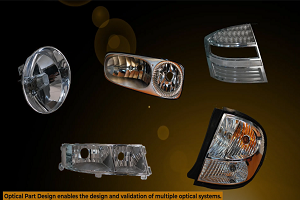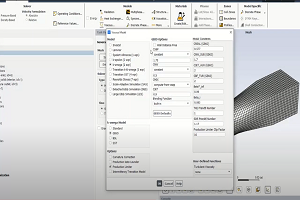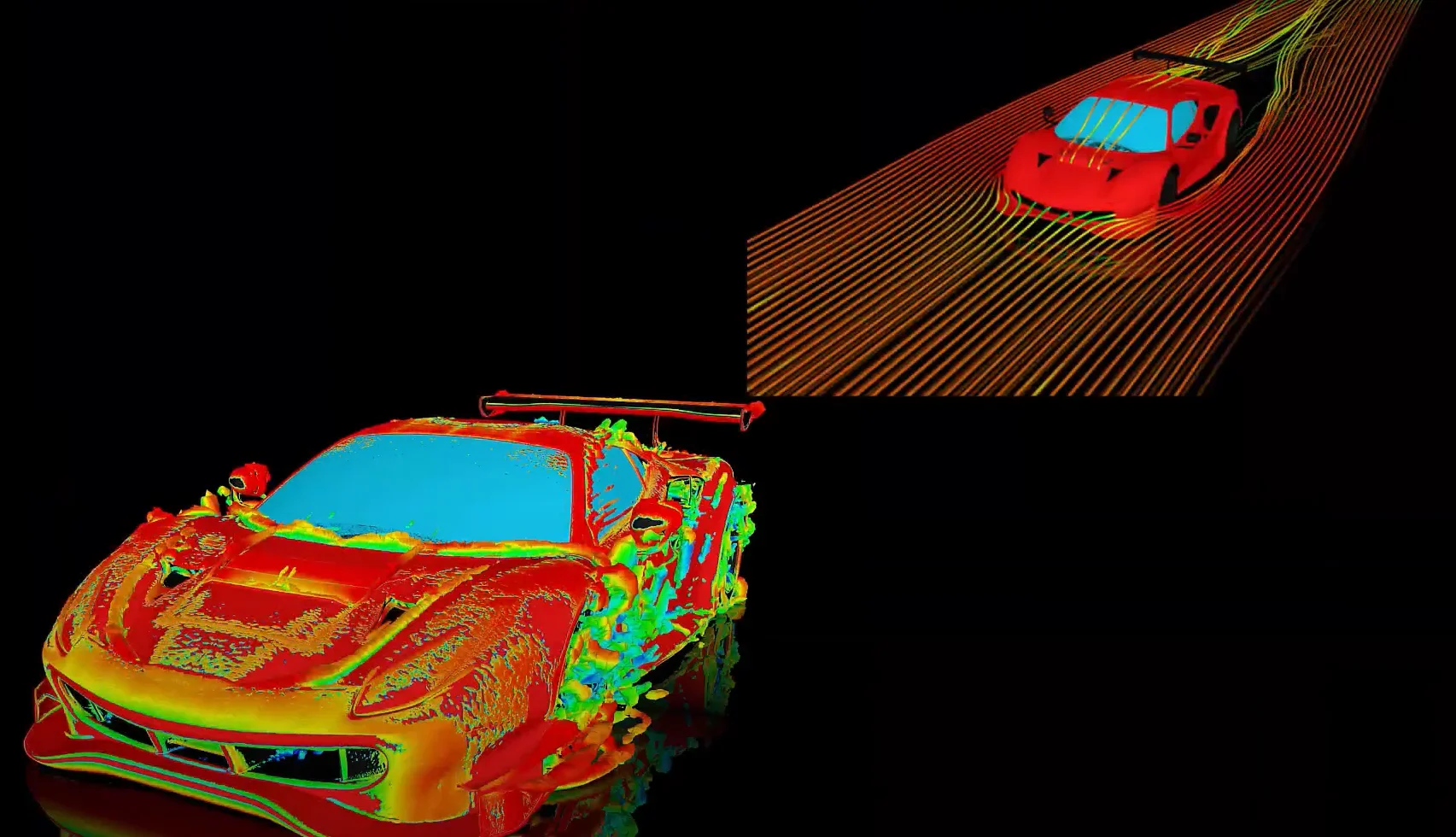It appears that there are some problems in the current viscoelastic model (ANSYS v.61-v8.1), that could be confusing to ANSYS users. (1) For TB,Prony input, the data can be entered at different temperatures. I believe that the Prony constants are a function of reference temperature instead of temperature. Because, under each reference, the Prony pairs are obtained based on the master curve which is generated by time-temperature superposition based on modulus-frequency curves at different temperature. Therefore, Prony pairs has already considered different temperature. Why does the design of the Prony Table include different temperature again? I believe that will certainly confuse users. (2) For the Shift function, there should be only one group C1, C2 and Tref input. However, if you use a different Tref, the C1, C2 should be different and should generate a shift factor A(T) that is quite different. What is the significance of a different Tref?
Tagged: 17, hyperelasticity, materials, mechanical-apdl, PRONY, structural-mechanics
-
-
March 17, 2023 at 1:11 pm
 SolutionParticipant
SolutionParticipantPlease refer to the attachment(s) to access the Solution.
Attachments:
1. 318568.pdf
-


Introducing Ansys Electronics Desktop on Ansys Cloud
The Watch & Learn video article provides an overview of cloud computing from Electronics Desktop and details the product licenses and subscriptions to ANSYS Cloud Service that are...

How to Create a Reflector for a Center High-Mounted Stop Lamp (CHMSL)
This video article demonstrates how to create a reflector for a center high-mounted stop lamp. Optical Part design in Ansys SPEOS enables the design and validation of multiple...

Introducing the GEKO Turbulence Model in Ansys Fluent
The GEKO (GEneralized K-Omega) turbulence model offers a flexible, robust, general-purpose approach to RANS turbulence modeling. Introducing 2 videos: Part 1 provides background information on the model and a...

Postprocessing on Ansys EnSight
This video demonstrates exporting data from Fluent in EnSight Case Gold format, and it reviews the basic postprocessing capabilities of EnSight.

- Question: What is the difference between PLNSOL, EPPL, EQV and PLNSOL,NL,EPEQ?
- How to use layered section to simulate composites and post process the results in ANSYS Mechanical
- Guidelines of modeling a gasket.
- ANSYS Mechanical: Delamination Analysis using Contact Debonding
- For the stress-life fatigue method, how are the Goodman and Gerber mean stress theories used to modify the calculated stress amplitude in the Workbench Fatigue Module?
- Why is the unit of the elastic foundation stiffness N/m^3?
- What are Isochronous stress-strain curves? How can they be used in ANSYS for modeling creep?
- How do I enter major Poisson’s ratio in ANSYS Mechanical?
- How do I move a material property from Engineering Data to an existing Material Library?
- Hyperelastic Simulations

© 2025 Copyright ANSYS, Inc. All rights reserved.

